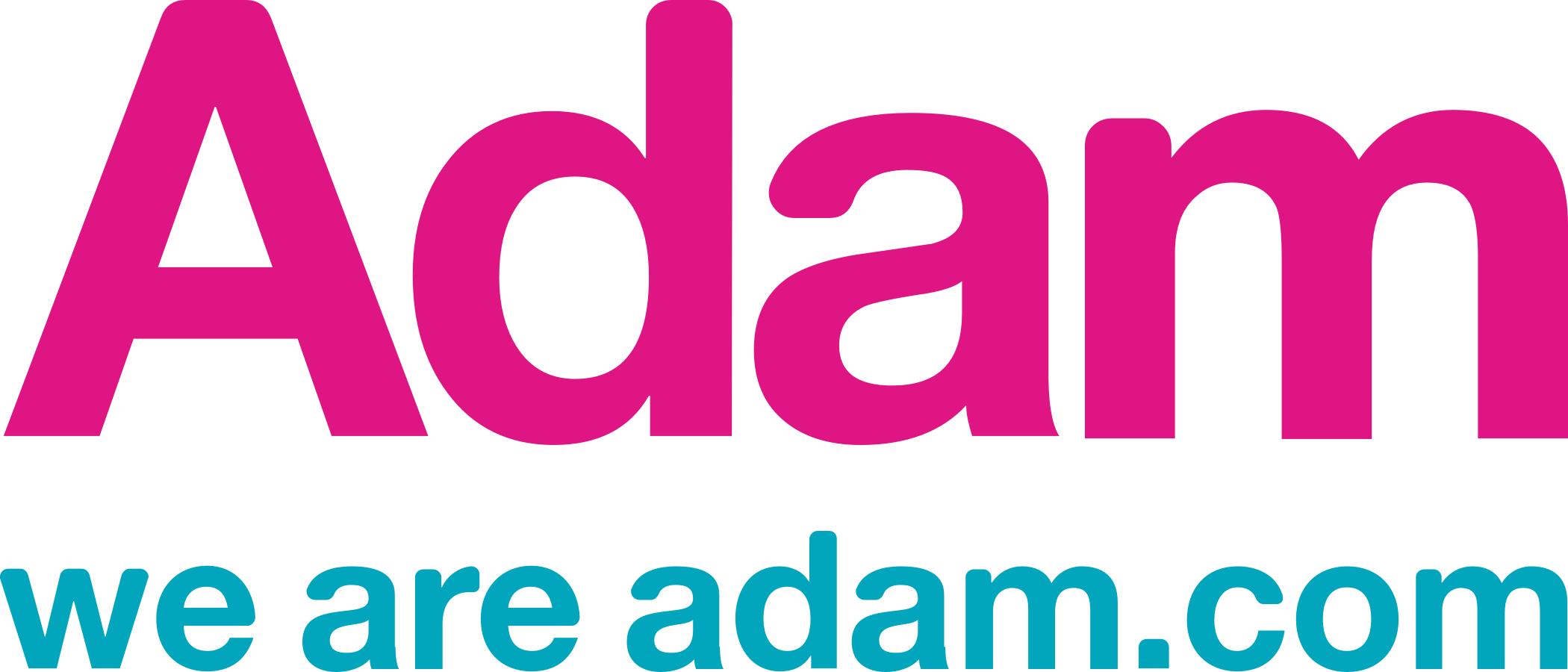We understand all too well the high costs associated with making a bad hire. It happens all too frequently, and we work with clients to make sure they get it right first time. If you aren’t working with a talent partner, it can be tricky to get under the skin of your talent challenges.
We teamed up with Nick Dean from ADLIB and Ellie Hale rom The Agency Collective to share our thoughts on a recent webinar. For those who missed it, here are our key takeaways.
Has the pandemic made recruiting the best talent more competitive than ever?
The short answer is yes.
Pre-COVID, attracting talent was always in the top 3 challenges for business leaders. Now there are even less people on the market because companies have invested more in their people. By offering flexible and remote working, increased wellbeing, and benefits packages and most, importantly, job security, owners have fostered a sense of loyalty with their employees. We’ve been through this together and we’ll get out of it together is a mentality a lot of people share.
A common reason for moving on is the need for a new challenge. Well, if ever there was a new challenge to be had in an old role, it’s right now. The desire to move on has dwindled. For those who aren’t happy in their current role though, there’s still a reluctance to change. The volatile economy has left us with an air of trepidation. Having a secure job is more important than having one you enjoy. Many candidates are concerned about the ‘last in first out’ scenario that has been heightened by an increase in redundancies over the last 12 months.
For those who are seeking out new opportunities there’s been a greater focus on the viability of potential employers. Candidates want to know how stable the client base is, for example. Are they a niche specialist for a struggling industry, or do they have buyers from a diverse range of sectors? But the biggest thing we’re seeing across all our disciplines is the increased demand for a flexible role. The pandemic shifted us to remote work, and our jobs had to adapt to the challenges of our new lifestyle. Job seekers simply aren’t prepared to give that up. For a business to stand out to the best talent in 2021, they must demonstrate what they have learned from the experience of COVID, and how they have made positive changes following this period of struggle.
Retaining the best staff is harder than ever.
We’ve proven that we can work from anywhere. Lifting geographical restrictions has levelled the playing field. What used to be a narrow pool of suitable candidates now holds limitless possibilities. That’s great news if you are recruiting, but tough to fight against if you need to retain your current workforce.
Of course, we’re expecting 2021 to be a transition period as we discover what works. Some will continue to operate fully remote, some in a more hybrid model, and others will return to the old way of doing things. To retain your staff, you ultimately need a bespoke approach. Different demographics have different needs, and you can’t make blanket assumptions about anyone’s circumstances.
If we generalise for a moment, young people want to see a return to the office. They miss the drinks after work, the lunch time gym sessions and office banter. Working parents are loving WFH; having extra time without the commute to catch up on life admin, able to split the school run between both parents and work their hours around their home lives. Or if we take another approach, extroverts are desperate for face-to-face interactions and introverts have thrived working uninterrupted. The obvious answer? There is no one-size-fits-all solution. Different life and career stages have distinct L&D and support requirements, and the situation will keep shifting until we find the right balance. Replicating incidental learning will be one of the biggest challenges of the next 12 months, and no one seems to have the answer yet.
There are two clear trends when it comes to reasons for moving on in 2021.The first is salary. With work from anywhere policies becoming the norm, businesses offering London salaries without the geographical restriction are attracting talent from across the country. The alternative is all about community. People are moving on to employers who have demonstrated putting their people first during the pandemic. They’re looking for what a business can offer them, how the company can enrich their lives. This could be an unrivalled benefits package, a unique working environment or even a commitment to CSR that aligns with their values.
Their CV looks incredible, but you’re unsure if their skills match up.
This is a common occurrence, but one that is easily overcome. Clear, concise, and simple questioning at interview can unearth everything you need to know. For each role, ask the following:
What were you employed to do?
What did you achieve?
(if it was management role) What team did you inherit?
What team are you leaving behind?
These questions help guide your conversation. You may find that an Account Manager has detailed a major campaign within one role, but after the right questions, it becomes clear that their Account Director handled all the client facing and strategic elements. Similarly, you may have an Account Director that was very hands on in the day-to-day delivery and isn’t au fait with developing the people in their team.
Another key area is to ask about references for each role. Who they offer up for this is very telling. For example, if they provide their line manager as a reference, you can be confident that their CV is reasonably accurate. If they provide details of a peer, it’s possible that they have over-egged their experience to get a foot in the door. It’s by no means definitive, but if you have concerns over their honesty, this is one technique you can use to root it out.
Finally, the obvious solution is a practical skills test as part of the interview process. A second stage interview is the ideal time for this and could be a technical task, a presentation, or a business plan. Don’t get too carried away though! A few hours prep is acceptable, a full day’s work is not unless you are paying them. This gives you an opportunity to unpick their skills and ask further questions. One thing we have to stress is that you can never ask too many questions during an interview process.
Remote onboarding remains a mystery to some leaders.
But it doesn’t have to be. Here’s our basic recommended structure:
Communicate. From the moment they accept the offer to their first day, you need to keep a regular line of communication open. Drip feed out information, such as employment contract, starter pack, details of their first week etc. so they know you are prepared and looking forward to their start date. We have a full blog on keeping candidates engaged here.
Ask your new recruit to take a personality quiz. You could use a free tool like 16personalities or something more structured. We offer this service using a recognised system called Thomas International and have qualified consultants to review the results. You’ll learn how they like to communicate, their learning style and other valuable insights that can be used to tailor their onboarding.
Rigorously plan their first week and give clear structure and expectations. Tips for a good first week include face time with the Founder/CEO to get under the skin of why the business exists, have the new starter work with their line manager to set 1-, 3- and 6-month goals within their role and set up a Buddy system for a peer-to-peer support network.
Common Mistakes and Quick Wins
For starters, there’s a common misconception that recruiting great people is a quick and easy process. The simple fact is that hiring takes time. Treat your talent pipeline like your new business pipeline, always nurturing passive potential relationships. Bums on seats recruitment, that is, making fast and furious hires, almost always results in mistakes. Having quality talent on the side lines is the best way to access the right talent when you need it promptly.
Schedule a screening call before a formal first interview. This only needs to be 30 minutes out of your day, but we often hear about interviewers knowing within 10 minutes that the candidate isn’t suitable. Instead of ending the interview, they are obliged to see it through, often taking up over an hour of their time. By having a pre-interview call, you can screen against your company values, expected behaviours and beliefs before committing to something more formal, saving everyone involved valuable time and energy.
Involve your team. Rather than take on the responsibility of assessing candidates yourself, getting other people involved will a) enrich the candidates’ experience of your business, b) uncover things you may have missed on your own and c) get buy in from your team when you make your final decision. Your employees can give better insights into your company, your client base, and the daily realties of the job than you can, so utilise their knowledge. We’ve weeded out some dishonest candidates simply by taking them for a beer with some of the team. When a potential employee lets their hair down with their new colleagues, you tend to find out a lot more about them.
With the shift to video interviews, the right people are more easily available to keep the process moving quickly. The shorter the time between interviews, the more engaged the candidate will be. Your competitors are already doing this, and are snapping up the best talent before you’ve made it to second stage.
When it comes to making an offer, you need to go in with the best package first time. Negotiations cause delays, and can make a candidate feel undervalued. By cutting off the back and forth, you are demonstrating that you are serious about this person being the best for your business. It helps to stave off common hurdles like counteroffers and fosters loyalty from the very beginning of the employee cycle.
It’s important to make sure the entire hiring process is an incredible experience from start to finish for every candidate, whether you offer them or not. Treat every candidate as though they will buy from you to influence their perception of your brand. You never know who the unsuitable candidates are talking to. If you’ve left a sour taste in their mouth, other people will hear about it and won’t want to join your organisation.
Remember that this is a two-way process. What are you doing to refine and advertise your Employer Value Proposition? You can find out more about maximising your EVP in our two part blog here and here. Make one person in your business responsible for it and be sure to consistently assess and review the process to ensure it still aligns with your talent strategy.
Next week, we’ll be bringing you a blog dedicated to improving Equity, Diversity and Inclusion within your talent attraction process. This vital topic was discussed in detail during the webinar, and we will be giving it the focus it deserves with a second blog post.
If you would like more information or support with refining your recruitment processes, our consultants are just a phone call away. Contact us on 0161 359 3789 or fire across an email to hello@weareadam.com and we’ll get back to you asap.


.jpg)
.jpg)


.jpg)
.jpg)




